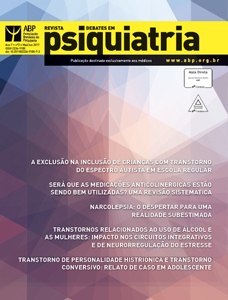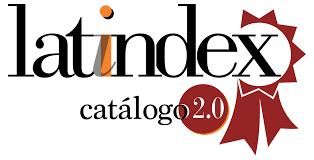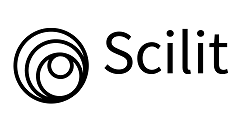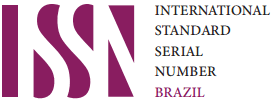Histrionic personality disorder and conversion disorder: case report in an adolescent
DOI:
https://doi.org/10.25118/2236-918X-7-3-6Keywords:
Hysteria, dissociative disorder, histrionic disorderAbstract
Histrionic personality disorder is characterized by selfdramatization, theatricality and exaggerated expression of emotion, emotional lability, and inappropriate, sexually provocative, or seductive behaviors. Dissociative or conversion disorders, in turn, are characterized by partial or complete loss of the normal integration between memories of the past, awareness of identity, immediate sensations, and control of bodily movements. This study reports the case of a 14-year old female adolescent diagnosed with a dissociative disorder. The authors describe patient management and discuss relevant aspects.
Downloads
Metrics
References
Kroenke K. Patients presenting with somatic complaints: epidemiology, psychiatric comorbidity and management. Int J Methods Psychiatr Res. 2003;12:34-43.
Nimnuan C, Hotopf M, Wessely S. Medically unexplained symptoms. An epidemiological study in seven specialities. J Psychosom Res. 2001;51:361-7.
Shorter E. A historical dictionary of psychiatry. Oxford: Oxford University; 2005.
Matos EGde, Matos GMGd, Matos TMGd. Histeria: uma revisão crítica e histórica do seu conceito. J Bras Psiquiatr. 2005;54:49-56.
Rocca RE. [Hysterical psychoneurosis and its psychopathological and clinical limits]. Acta Psiquiatr Psicol Am Lat. 1981;27:209-18.
Sadock BJ. Kaplan & Sadock synopsis of psychiatry: behavioral sciences, clinical psychiatry. 9th ed. Philadelphia: Lippincott Williams & Wilkins; 2003.
Gabbard GO. Psiquiatria psicodinâmica na prática clínica. 4ª ed. Porto Alegre: Artmed; 2006.
Associação Americana de Psiquiatria. Manual Diagnóstico e Estatístico de Transtornos Mentais, 5ª edição (DSM-5). Porto Alegre: Artmed; 2014.
Avila LA. Somatization or psychosomatic symptoms? Psychosomatics. 2006;47:163-6.
Organização Mundial da Saúde. CID-10 - Classificação Estatística Internacional de Doenças e Problemas Relacionados à Saúde, 10ª ed rev. São Paulo: Universidade de São Paulo; 1997.
Vega LMC, Madariaga AA, García-Campayo. La complejidad de los fenómenos de somatización - cartas ao director. Aten Primaria. 1997;20:154.
Dale KY, Flaten MA, Elden A, Holte A. Dissociative identity disorder and prepulse inhibition of the acoustic startle reflex. Neuropsychiatr Dis Treat. 2008;4:653-62.
Yucens B, Kuru E, Safak Y, Karadere ME, Turkcapar MH. Comparison of personality beliefs between depressed patients and healthy controls. Compr Psychiatry. 2014;55:1900-5.
Gottlieb RM. Psychosomatic medicine: the divergent legacies of Freud and Janet. J AM Psychoanal Assoc. 2003;51:857-81.
Downloads
Published
How to Cite
Conference Proceedings Volume
Section
License

This work is licensed under a Creative Commons Attribution-NonCommercial 4.0 International License.
Debates em Psiquiatria allows the author (s) to keep their copyrights unrestricted. Allows the author (s) to retain their publication rights without restriction. Authors should ensure that the article is an original work without fabrication, fraud or plagiarism; does not infringe any copyright or right of ownership of any third party. Authors should also ensure that each one complies with the authorship requirements as recommended by the ICMJE and understand that if the article or part of it is flawed or fraudulent, each author shares responsibility.
Attribution-NonCommercial 4.0 International (CC BY-NC 4.0) - Debates em Psiquiatria is governed by the licencse CC-By-NC
You are free to:
- Share — copy and redistribute the material in any medium or format
- Adapt — remix, transform, and build upon the material
The licensor cannot revoke these freedoms as long as you follow the license terms. Under the following terms:
- Attribution — You must give appropriate credit, provide a link to the license, and indicate if changes were made. You may do so in any reasonable manner, but not in any way that suggests the licensor endorses you or your use.
- NonCommercial — You may not use the material for commercial purposes.
No additional restrictions — You may not apply legal terms or technological measures that legally restrict others from doing anything the license permits.






























